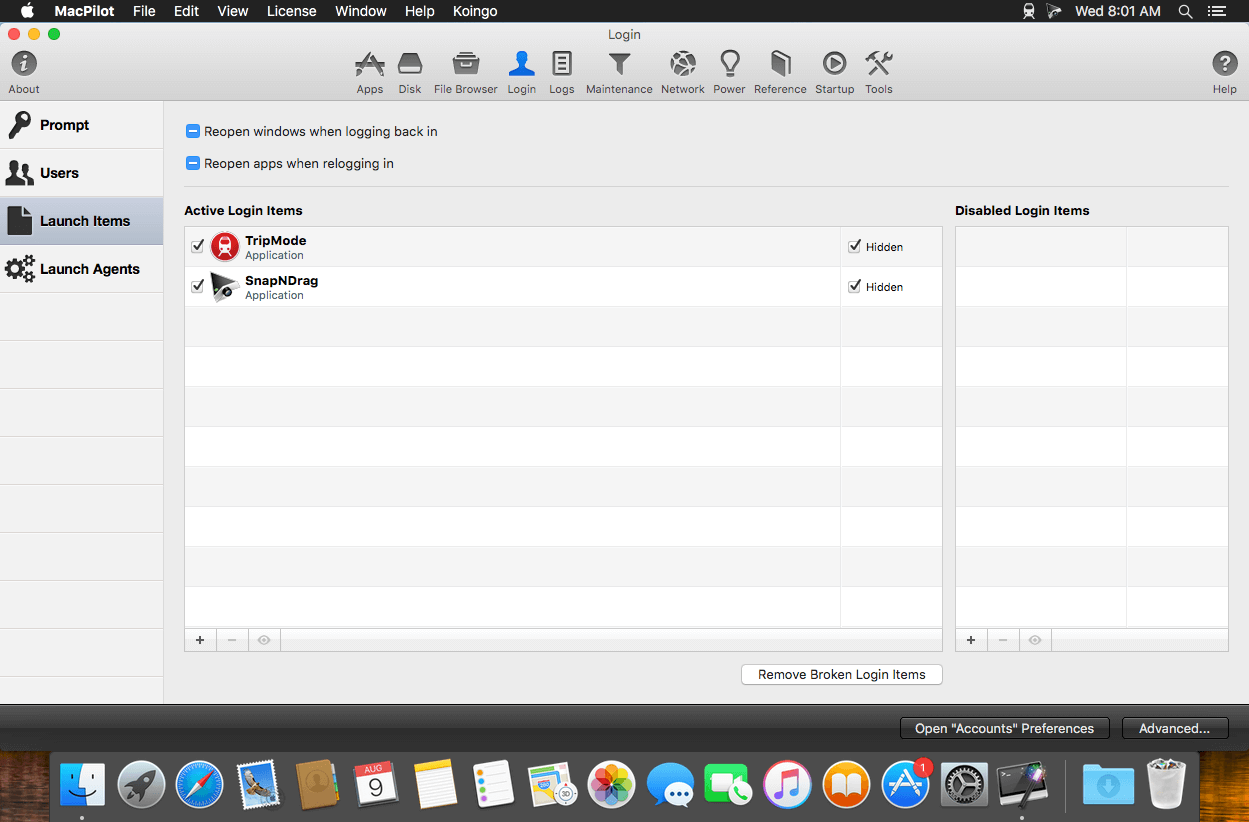
- MOJAVE COMPATIBILITY HOUDAHSPOT MAC OS X
- MOJAVE COMPATIBILITY HOUDAHSPOT INSTALL
- MOJAVE COMPATIBILITY HOUDAHSPOT UPGRADE
- MOJAVE COMPATIBILITY HOUDAHSPOT PRO
MOJAVE COMPATIBILITY HOUDAHSPOT MAC OS X
As the numeric change would suggest, this is probably the biggest change to macOS since Apple introduced Mac OS X roughly 20 years ago, especially when you consider the changes that come with the transition from Intel to Apple Silicon. Once you've done that, check the Application Compatibility Table again for compatibility with macOS Sierra etc before upgrading again.With the release of macOS Big Sur, on Thursday, November 12th 2020, Apple retires Mac OS X (10) and replaced it with macOS 11.
MOJAVE COMPATIBILITY HOUDAHSPOT UPGRADE
If all good, then upgrade to that first and use the system for long enough to be satisfied everything is okay, and long enough to have a full working backup of your El Capitan setup. My advice would be to check your software against the Application Compatibility Table for compatibility with El Capitan. You can also actually download a Roaring Apps app for macOS, but I've always found the Application Compatibility Table (see below) on their website to meet my needs. You can search by specific application if you have key software you need to work with.
MOJAVE COMPATIBILITY HOUDAHSPOT PRO
The biggest consideration is the software you run, not just in terms of compatibility with macOS generally, but also in terms of identifying if they're 32-bit or 64-bit apps (which will be a crucial consideration moving forward if macOS Catalina interests you, since it will be compatible with your MacBook Pro hardware).Īs a starting point you can use the RoaringApps website to check software compatibility. This is the best and the easiest strategy you can use to test things out and transition seamlessly. Don't let that make you assume that macOS Mojave is slow. Work with this setup for a few days until you are convinced to fully commit to macOS Mojave.ĭo note that when running off an external hard drive, macOS Mojave may feel slow merely due to the fact that the OS is running off of an interface with slower speed. You can boot off of the external drive (restart MacBook and hold Option key to select boot drive), while leaving your current installation of Mac OS X Lion intact.
MOJAVE COMPATIBILITY HOUDAHSPOT INSTALL
I'd recommend you to get an external USB hard drive and install macOS Mojave on it. This could be some work for a casual user. However, it would require some work with creating partitions and installing Mac OS X Lion and macOS Mojave side-by-side. Would keeping a separate partition of macOS Lion be an alternative? This will better prepare you with your upgrade plan. It doesn't support running 32-bit apps.Ĭheck if any of the apps that you use (3rd party) that are still 32-bit only.Ĭheck the release notes for or get in touch with the developers of the 3rd party apps you are concerned about to check their compatibility status with macOS Mojave.

Update: macOS Catalina is now released publicly. This will change with macOS Catalina, the upgrade expected within a couple of months). (Such apps still work with the current and most likely the last public release of macOS Mojave, i.e.

While this was expected to happen with macOS Mojave, 32-bit apps still run, albeit with an error message that the app may stop working in the future version of macOS. You need to make sure that upgrading to macOS Mojave doesn't leave you hanging without some apps that you are dependant on.Īpple announced a while ago that macOS will drop support for 32-bit only apps. Apple too has deprecated/removed some of its apps. Especially list down the apps that you are highly dependant on for personal/professional usage. Prepare a list of all the 1st party (Apple) apps as well. With the pace of technological innovation, quite a few apps have broken/become unsupported in the newer releases of macOS. Mac OS X Lion and macOS Mojave are 7 years apart. You'll need to make sure if they are supported and run fine on macOS Mojave. Make sure that it includes, at the least, the apps that you are highly dependant on for your day to day personal/professional usage. Prepare a list of all the 3rd party apps that you use. At the simplest level, this is what you need to take care of: Use the following reasoning to answer the above questions. What should I look out for before I upgrade, and should I consider not upgrading to the newest version of macOS so I can keep certain applications running the same?


 0 kommentar(er)
0 kommentar(er)
